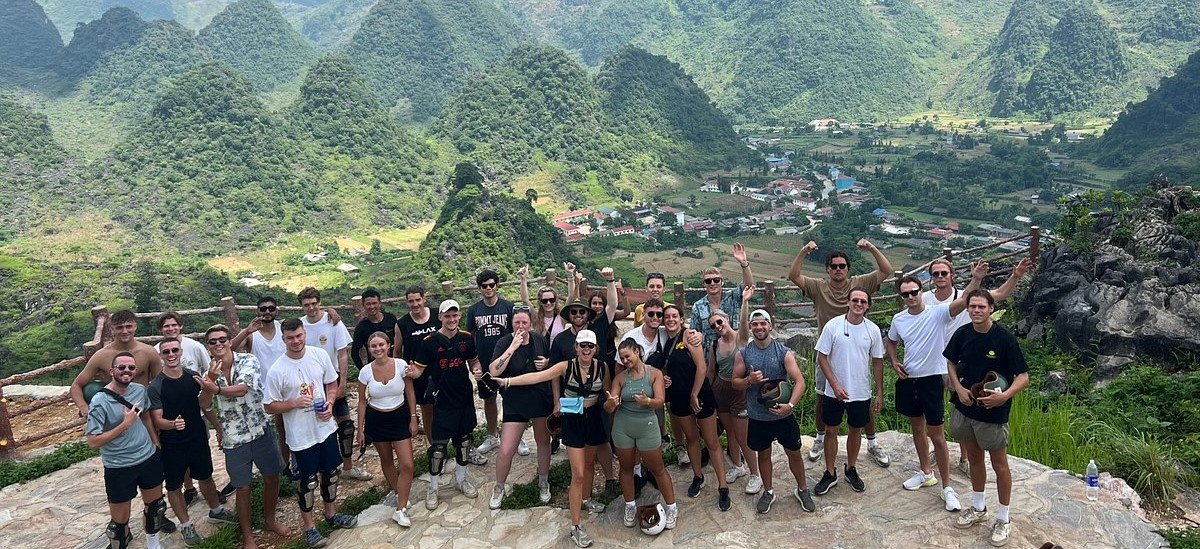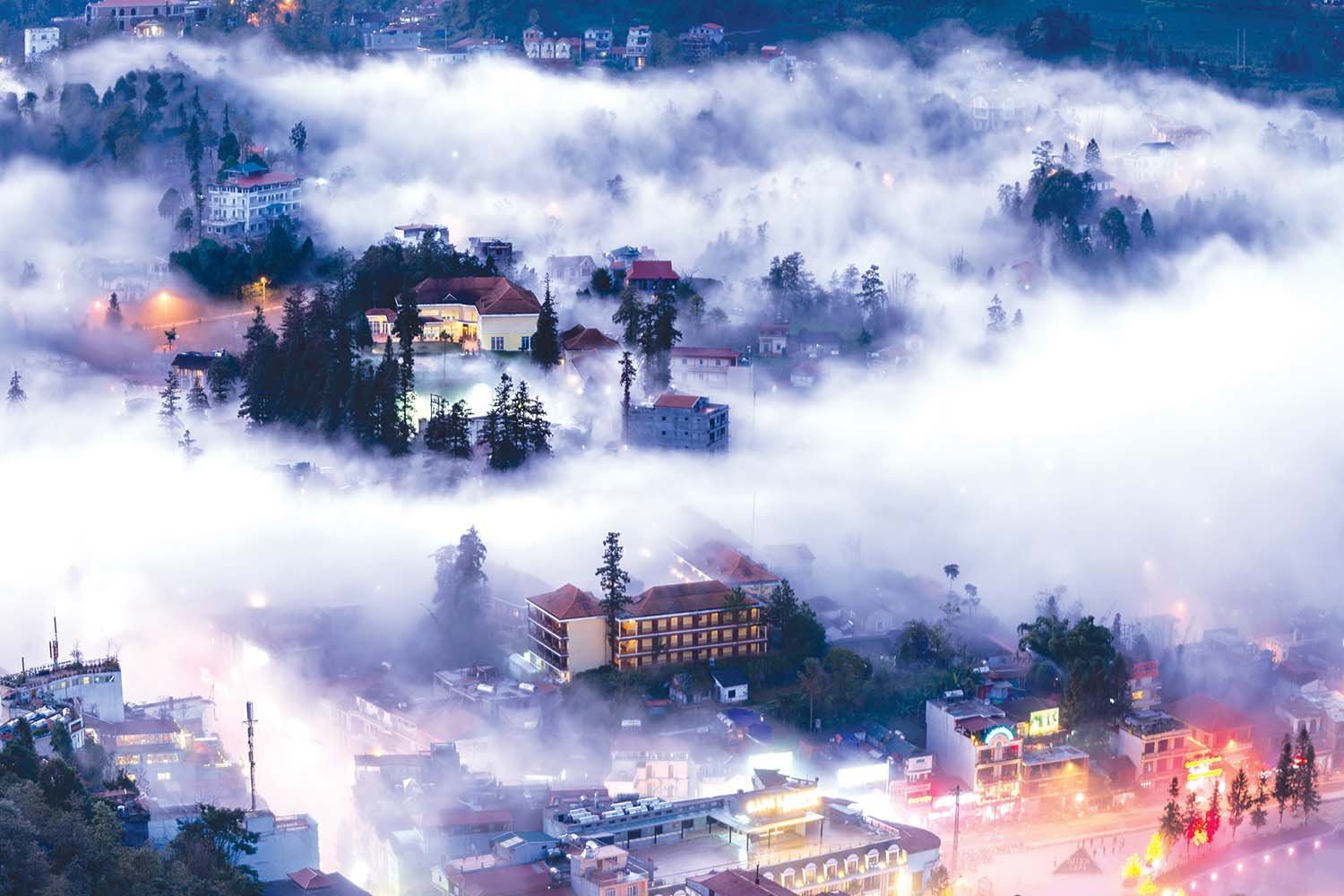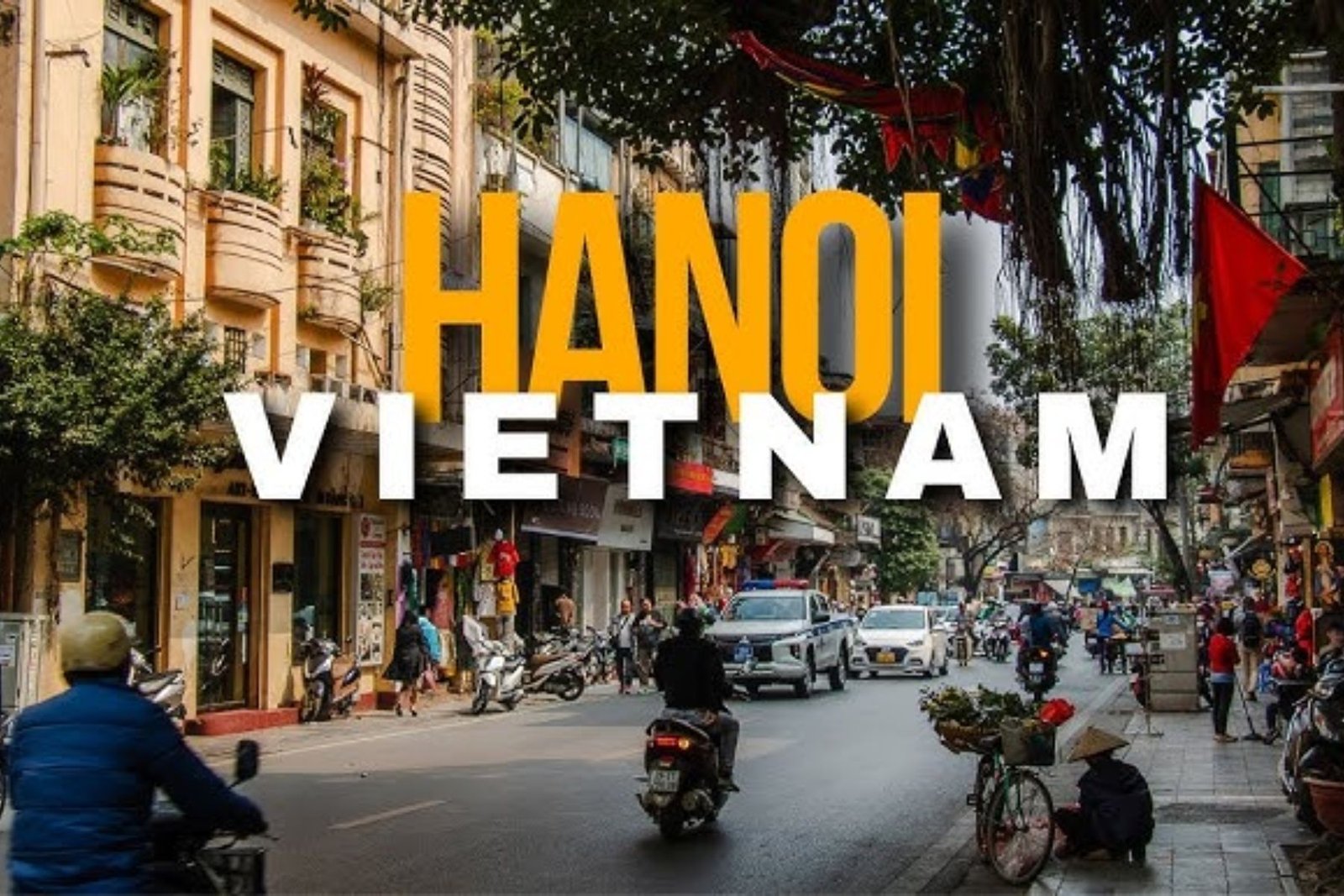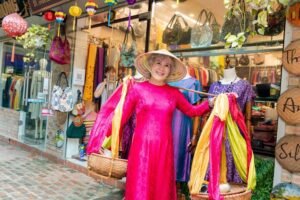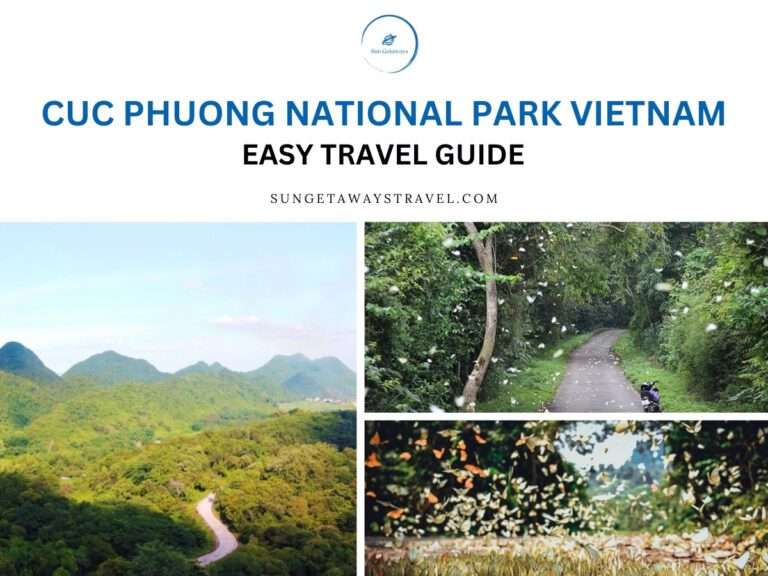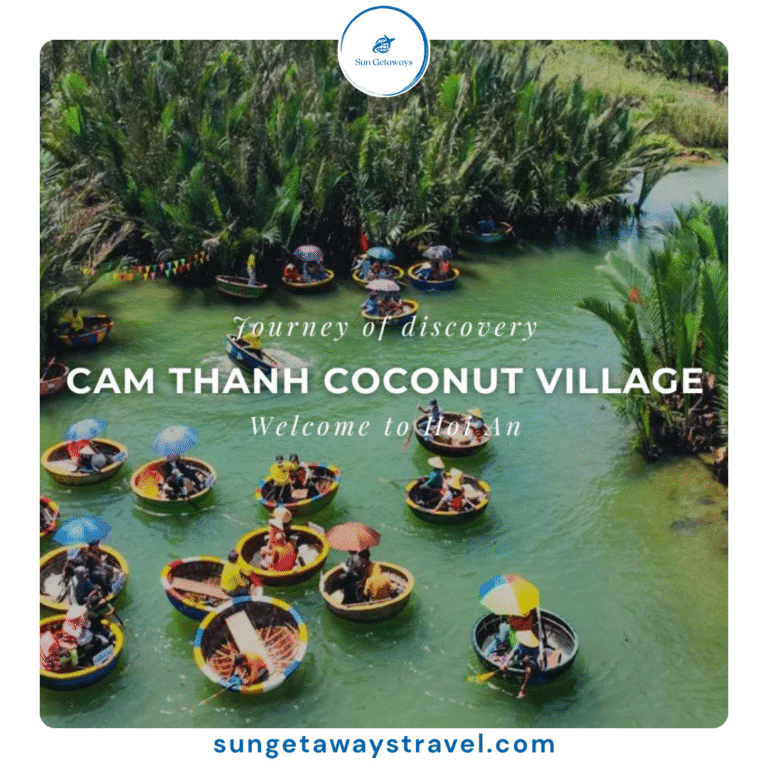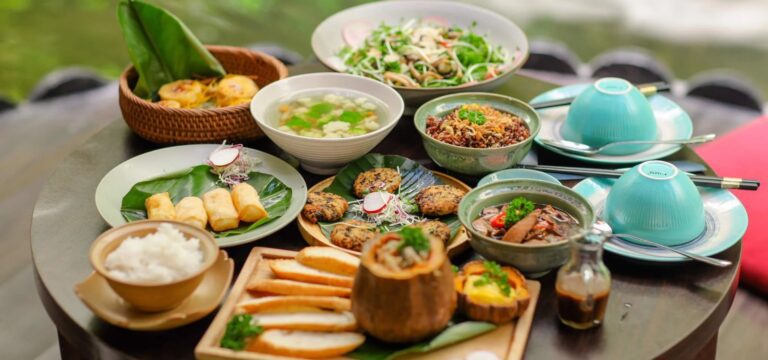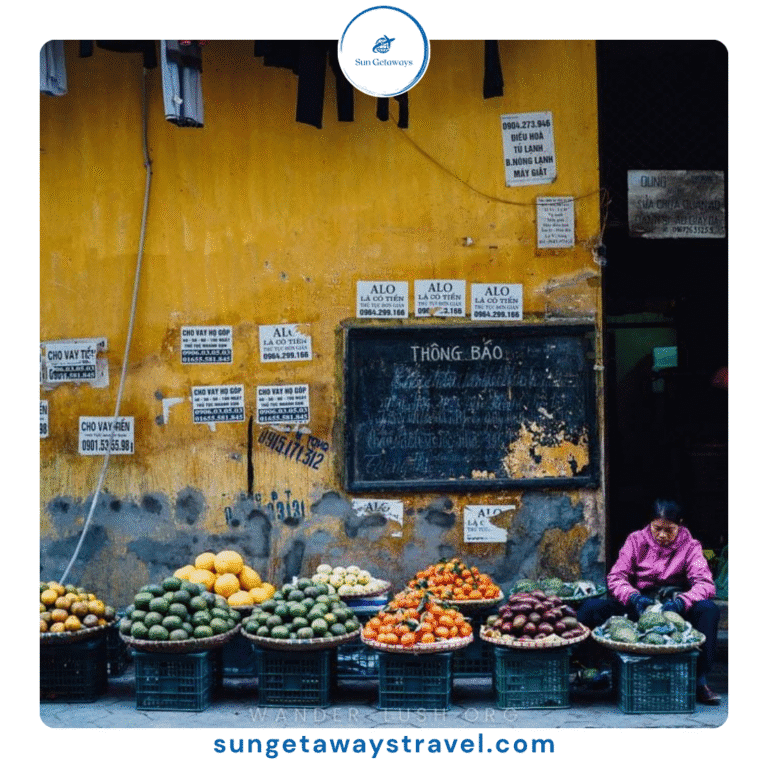Best Time to Visit Vietnam for South Africans: Discovering Each Season
 ngocdiem
ngocdiem As a Vietnam travel expert at Sun Getaways Travel, with extensive experience assisting South African travelers, I often get asked this very question. Understanding Vietnam seasons for South Africans is key to planning a trip that perfectly matches your expectations, whether you’re chasing sunshine, avoiding humidity, or hoping to catch a vibrant festival. Let’s dive in and explore what each season in Vietnam offers, helping you decide when to go to Vietnam from South Africa.
1. Understanding Vietnam’s Climate: Three Distinct Regions
Unlike South Africa, which experiences relatively similar seasons across its provinces (albeit with regional variations like Cape Town’s winter rainfall), Vietnam is typically divided into three main climatic zones:
- Northern Vietnam (Hanoi, Ha Long Bay, Sapa): Experiences four distinct seasons: a cool, dry winter; a warm, humid spring; a hot, rainy summer; and a pleasant autumn.
- Central Vietnam (Hue, Da Nang, Hoi An): Has a transitional climate with hot, dry weather from January to August and a rainy, typhoon season from September to December.
- Southern Vietnam (Ho Chi Minh City, Mekong Delta, Phu Quoc): Generally has a tropical climate with two main seasons: a dry season and a wet season. Temperatures are consistently warm year-round.
This regional diversity means there’s almost always a “best time” to visit somewhere in Vietnam, depending on what you want to see and do!
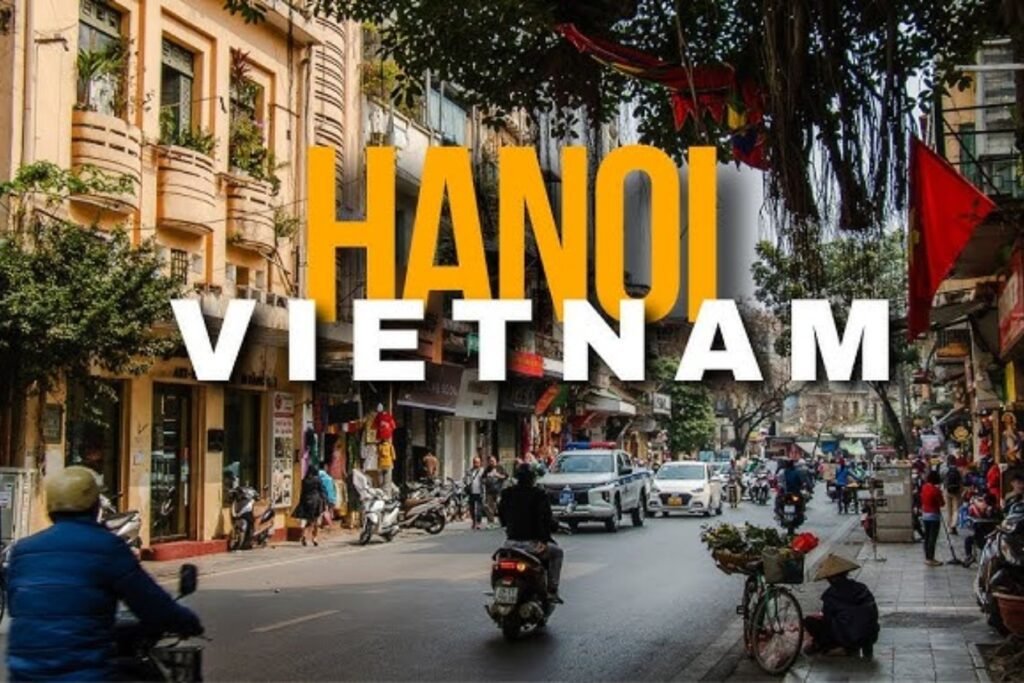

2. Vietnam Seasons for South Africans: A Month-by-Month Breakdown
Let’s break down the year, comparing Vietnam’s climate to what you might expect back home in South Africa.
This period often coincides with the peak holiday season for South Africans, making it a popular time to escape our summer heat for a different kind of warmth or a refreshing cool.
- Northern Vietnam:
- Weather: This is winter in the North. Expect cool, often chilly, and sometimes misty weather, especially in Hanoi and Ha Long Bay. Temperatures can drop to 10-15°C, and even lower in mountainous areas like Sapa (sometimes with frost or light snow!). It’s generally dry.
- Pros: Pleasant for sightseeing in Hanoi; stunning misty landscapes in Ha Long Bay (though sometimes too misty for clear views); ideal for trekking in Sapa if you don’t mind the cold. Fewer crowds than spring.
- Cons: Can be quite cold for South Africans used to warm Dec-Feb; misty conditions can obscure views; limited swimming opportunities in the North.
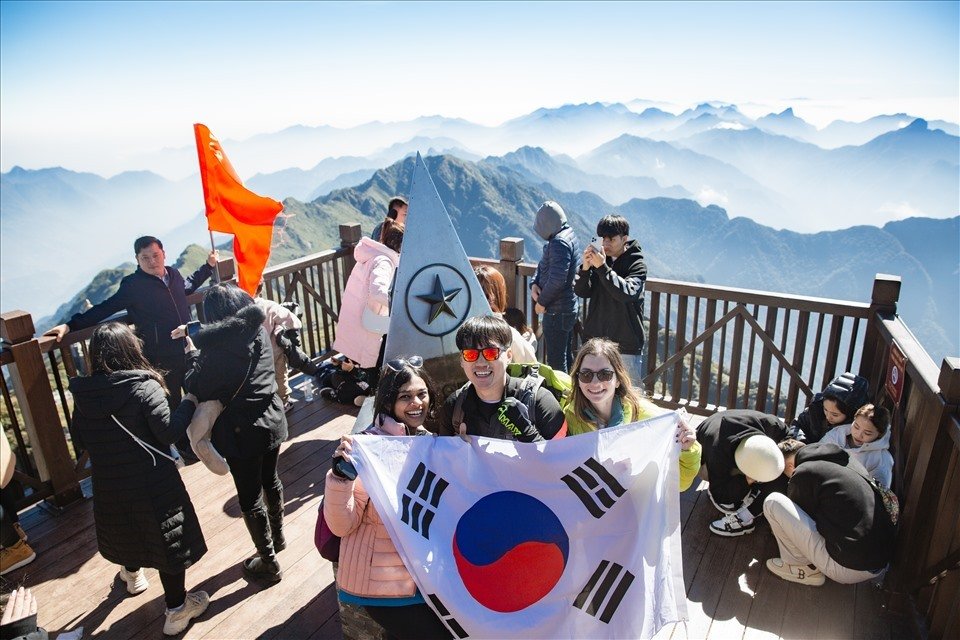

- Central Vietnam:
- Weather: Transitioning from the rainy season. December can still be wet, but January and February bring drier, more pleasant conditions. Temperatures are mild to warm, around 20-25°C.
- Pros: Comfortable weather for exploring Hoi An and Hue; fewer tourists than peak spring.
- Cons: Early December can still see lingering rain.
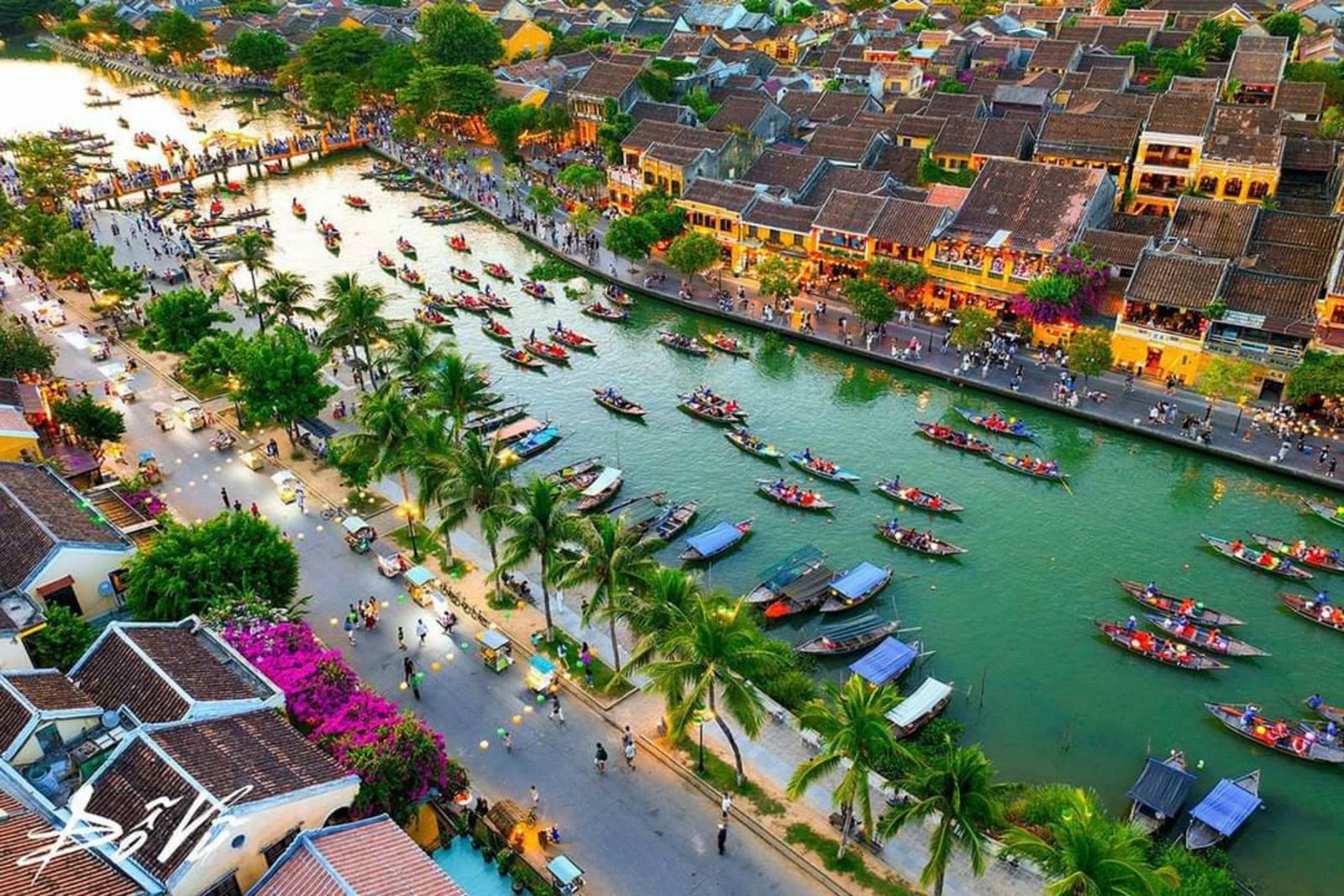

- Southern Vietnam:
- Weather: This is the dry season and widely considered the best time to visit Southern Vietnam. Expect consistently warm, sunny days with low humidity. Temperatures are typically 25-35°C.
- Pros: Perfect beach weather in Phu Quoc; ideal for exploring Ho Chi Minh City and the Mekong Delta; minimal rain.
- Cons: Can be quite hot for some, similar to a very warm South African summer day.
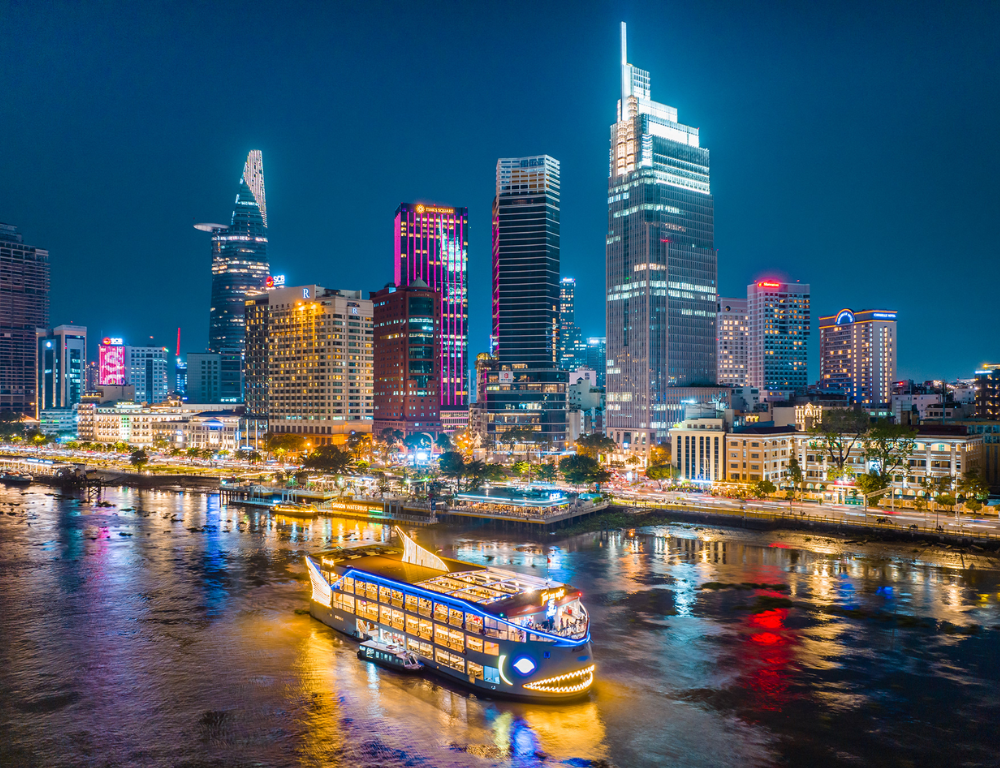

For South Africans: If you’re looking to escape the intensity of our summer heat but still want warmth, the South of Vietnam is perfect. If you crave a cooler, more ‘European winter’ feel, the North will provide that. Just pack layers for the North!
To prepare for your trip, take a look at this complete guide to traveling Vietnam.
2.1. March to April: Spring Across Vietnam (Vietnam’s Spring, SA’s Autumn)
This period is often considered one of the best times to visit Vietnam overall, as it offers a balance of pleasant weather across most regions before the intense summer heat and rains set in.
- Northern Vietnam:
- Weather: Spring arrives, bringing warmer temperatures (18-28°C) and higher humidity. Expect more sunny days, but also occasional light drizzles (the famous nồm or ‘fine rain’ which contributes to the lushness).
- Pros: Beautiful lush landscapes; good visibility in Ha Long Bay; comfortable for exploring Hanoi; flowers bloom.
- Cons: Can be quite humid, which might feel different from SA’s drier autumns.
- Central Vietnam:
- Weather: Excellent! Dry and sunny with comfortable temperatures, typically 25-30°C. Ideal beach weather in Da Nang and Hoi An.
- Pros: Perfect for exploring ancient towns, relaxing on beaches, and enjoying outdoor activities.
- Cons: Can start to get quite warm towards the end of April.
- Southern Vietnam:
- Weather: Continues the dry season, becoming increasingly hot, with temperatures often soaring above 35°C, particularly in April. Humidity remains low.
- Pros: Still great for beach holidays and city exploration; vibrant atmosphere.
- Cons: Very hot, especially if you’re sensitive to high temperatures.
For South Africans: This aligns beautifully with our autumn, offering a gentle transition from our hot summer. It’s an ideal time for a comprehensive trip covering all regions, balancing pleasant warmth with fewer extreme conditions.
2.2. May to August: Hot & Rainy (Vietnam’s Summer, SA’s Winter)
This is Vietnam’s summer and monsoon season, which might coincide with your winter school holidays or when you’re looking to escape the cold back home.


- Northern Vietnam:
- Weather: Hot and humid, with heavy rainfall, especially in July and August. Temperatures can reach 30-38°C.
- Pros: Lush green landscapes, especially in rice paddies; waterfalls are at their fullest; good for indoor attractions or activities that aren’t weather-dependent.
- Cons: High humidity can be uncomfortable; heavy downpours can disrupt travel plans and outdoor activities; risk of typhoons in coastal areas (rare but possible).
- Central Vietnam:
- Weather: Extremely hot and dry, with temperatures often exceeding 35-40°C. This is the peak of their dry season.
- Pros: Fantastic for beach lovers in Da Nang and Hoi An; plenty of sunshine.
- Cons: Can be oppressively hot for sightseeing; risk of heatstroke if not properly hydrated.
- Southern Vietnam:
- Weather: The wet season kicks in, characterized by daily heavy, but usually short, downpours (often in the afternoon). Temperatures remain high, around 28-35°C, with increased humidity.
- Pros: Landscapes are vibrant and green; cheaper prices for accommodation and tours; refreshing after the rain.
- Cons: Humidity can be intense; rain can disrupt outdoor plans, though usually not for the whole day.
For South Africans: If you’re used to our dry, cold winters and are craving a warm escape, Central and Southern Vietnam offer intense heat and some humidity. The North will be very hot and wet. This period offers budget-friendly travel, but be prepared for the heat and rain, much like our humid Durban summers!
Start your adventure with this perfect Vietnam travel guide.
2.3. September to November: (Vietnam’s Autumn, SA’s Spring/Early Summer)
This is another excellent window for visiting Vietnam, especially the North, and can be perfect if you’re looking for a refreshing trip during our spring or early summer.
- Northern Vietnam:
- Weather: Generally considered the best time to visit Northern Vietnam. Temperatures are pleasant and mild (20-30°C), humidity drops, and there’s less rain. The rice paddies in Sapa turn golden, creating stunning scenery, especially in September and early October.
- Pros: Ideal weather for trekking, cruising Ha Long Bay, and exploring Hanoi; beautiful autumn colours.
- Cons: Can get crowded, especially in October due to ideal conditions.
- Central Vietnam:
- Weather: This is the most unpredictable time for Central Vietnam, as it’s the peak of the rainy and typhoon season (especially October and November). Expect heavy rainfall, potential flooding, and strong winds. Temperatures are milder, around 20-28°C.
- Pros: Can be less crowded for those willing to brave the weather; lush landscapes.
- Cons: High risk of typhoons and flooding; many outdoor activities might be cancelled; not ideal for beach holidays.
- Southern Vietnam:
- Weather: The wet season slowly tapers off through September and October, with the dry season beginning in November. Temperatures remain warm (25-32°C).
- Pros: November marks the start of excellent conditions for the South; lush scenery from the wet season.
- Cons: Early September/October can still see significant rain.
For South Africans: This period mirrors our spring and early summer, making it a great time to visit. Northern Vietnam is at its absolute best, and by November, the South becomes very welcoming again. Central Vietnam, however, is best avoided during October/November due to typhoons.
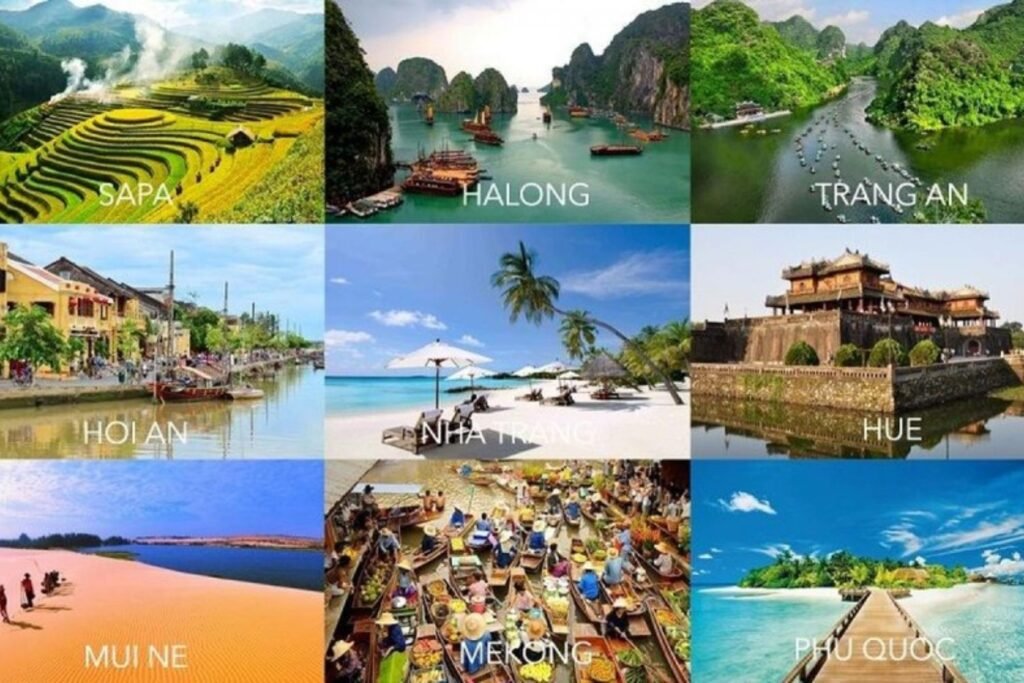

3. Best Time to Visit Vietnam for South Africans
So, considering Vietnam weather South Africa tourist preferences and our seasons, here’s a summary:
- Overall Best Time (balancing all regions): March to April and Late October to December (excluding Central Vietnam). These periods offer the most favourable conditions across a wider area.
- If you want to focus on the NORTH (Hanoi, Ha Long Bay, Sapa): September to November (especially October) or March to April.
- If you want to focus on the CENTRAL (Hue, Da Nang, Hoi An): January to August (with March-May being ideal). Avoid October-November.
- If you want to focus on the SOUTH (HCMC, Mekong Delta, Phu Quoc): December to April.
Insider Tip from Ngoc Diem, Senior Tour Designer at Sun Getaways Travel: “Many South Africans love our summer holidays (December-January). While Northern Vietnam can be chilly then, it’s absolutely fantastic for the South! Think sunny beaches in Phu Quoc or exploring Ho Chi Minh City without too much humidity. If you’re looking for a full country experience in our winter (your dry season), aim for March-April or September-November. And always remember: pack light, quick-drying clothes and a compact umbrella or raincoat, no matter when you visit. The weather can be wonderfully unpredictable!”
Let this Vietnam travel handbook for South African tourists be your companion.
4. Practical Advice for South African Tourists
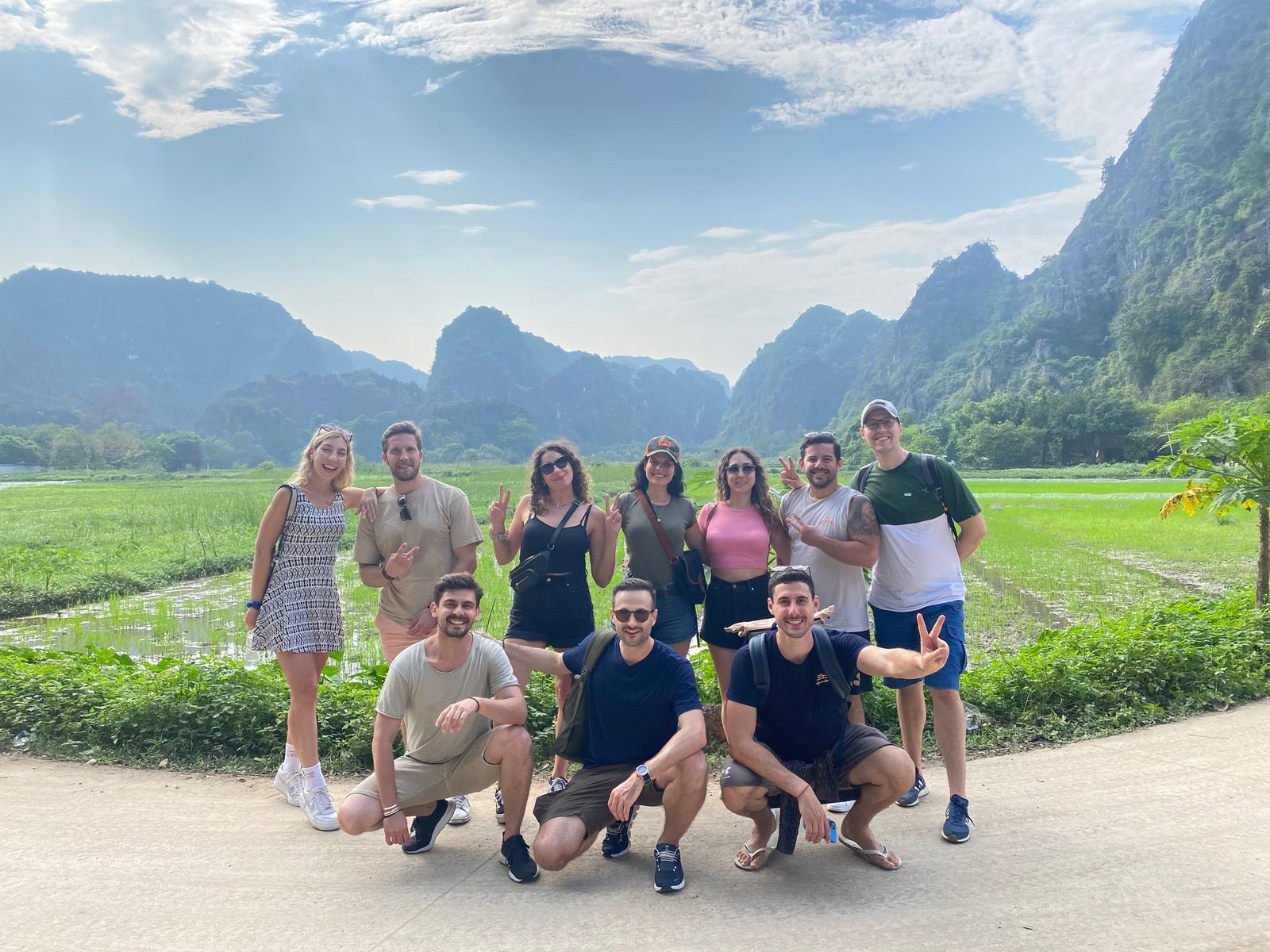

- Packing for Varied Climates: Given Vietnam’s regional differences, pack layers. Even if it’s hot during the day, evenings in the North can be cool. Lightweight, breathable fabrics are your best friend. Don’t forget sunscreen, a hat, and good walking shoes.
- Festivals & Holidays: Factor in major Vietnamese holidays like Tet (Lunar New Year, usually late January or February). While a unique cultural experience, transport and accommodation prices skyrocket, and many businesses close. Mid-autumn Festival (September/October) is also vibrant.
- Flight Deals: Remember, flight prices from South Africa can fluctuate. Booking in the shoulder seasons (March-May, September-November) might offer better deals and more comfortable weather.
- Flexibility is Key: If your dates allow, a little flexibility can mean you catch better weather or avoid peak crowds.
- Embrace the Rain: If you travel during the wet season, don’t let it deter you. Showers are often short and intense, followed by sunshine. Embrace it as part of the tropical experience!
Insider Tip from Ngoc Diem, Senior Tour Designer at Sun Getaways Travel: “As South Africans, we’re sometimes hesitant about humidity, but Vietnam’s humidity is different. In the rainy season, it’s warm and humid, but the afternoon downpours are often a refreshing break! Don’t let the ‘wet season’ scare you away entirely. It also means fewer crowds and lush green landscapes, which can be absolutely stunning for photography, especially in places like the Mekong Delta or Sapa.”
5. FAQs
5.1. What’s the best way to travel between regions in Vietnam?
For inter-region travel, flights are the fastest, especially for long distances (e.g., Hanoi to Ho Chi Minh City). Overnight trains offer a scenic and comfortable option, particularly along the coast. For shorter distances within a region, buses are economical, while private cars with drivers offer flexibility and comfort. Within cities, taxis, ride-hailing apps (like Grab), and motorcycle taxis are widely available.
5.2. Beyond sightseeing, what unique cultural experiences should I seek in Vietnam?
Consider taking a cooking class to learn about Vietnamese cuisine, attending a traditional water puppet show, joining a local market tour, or participating in a lantern-making workshop in Hoi An. Engaging in a homestay in rural areas (like the Mekong Delta or Sapa) can offer deep insights into local life and customs.
5.3. Any essential cultural tips or phrases for visitors to Vietnam?
It’s polite to remove your shoes when entering someone’s home or a temple. Use both hands when giving or receiving something. A simple “Xin chào” (hello) and “Cảm ơn” (thank you) are greatly appreciated. When eating, wait for the oldest person to start, and try to use chopsticks if you can. Avoid touching people’s heads, and dress modestly when visiting pagodas or temples.
6. Conclusion
Choosing the best time to visit Vietnam for South Africans truly depends on what you want to experience and which regions you prioritize. Whether you’re chasing the golden rice fields of autumn, the pristine beaches of the dry season, or the misty charm of a northern winter, Vietnam offers something magical in every season.
While this guide focuses on the best time to visit Vietnam for South Africans, for a complete overview of all aspects of planning your trip, be sure to read our Ultimate Vietnam Travel Guide for South African Tourists. It’s packed with essential information from visas to cultural tips, ensuring you’re fully prepared for your journey.
Don’t let the weather uncertainty deter you! At Sun Getaways Travel, we specialize in crafting personalized itineraries that take Vietnam’s diverse climate into account, ensuring you have the best possible experience based on your travel dates and preferences.
Ask a question
Leave a Comment (0)
No questions yet. Be the first to ask a question!


